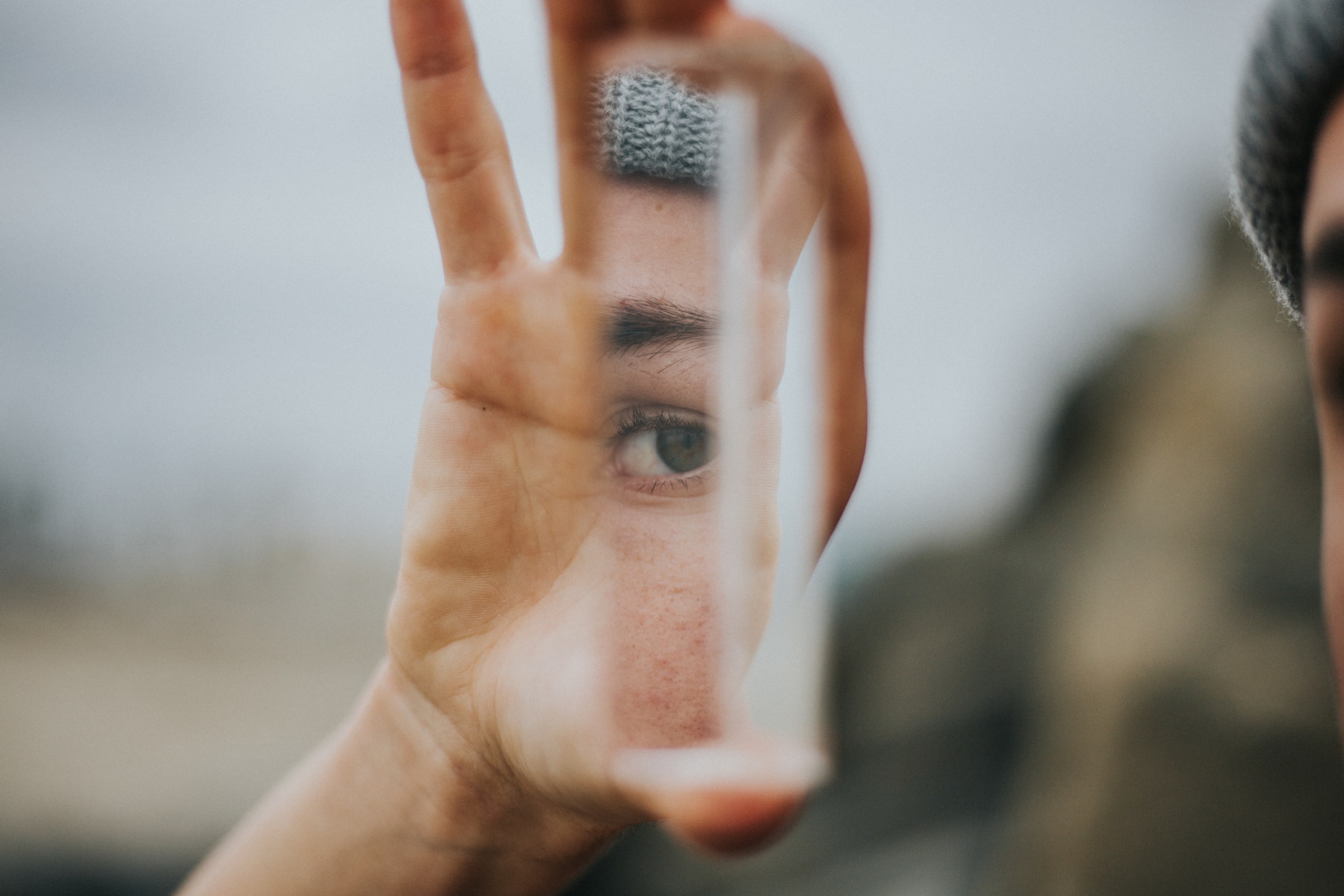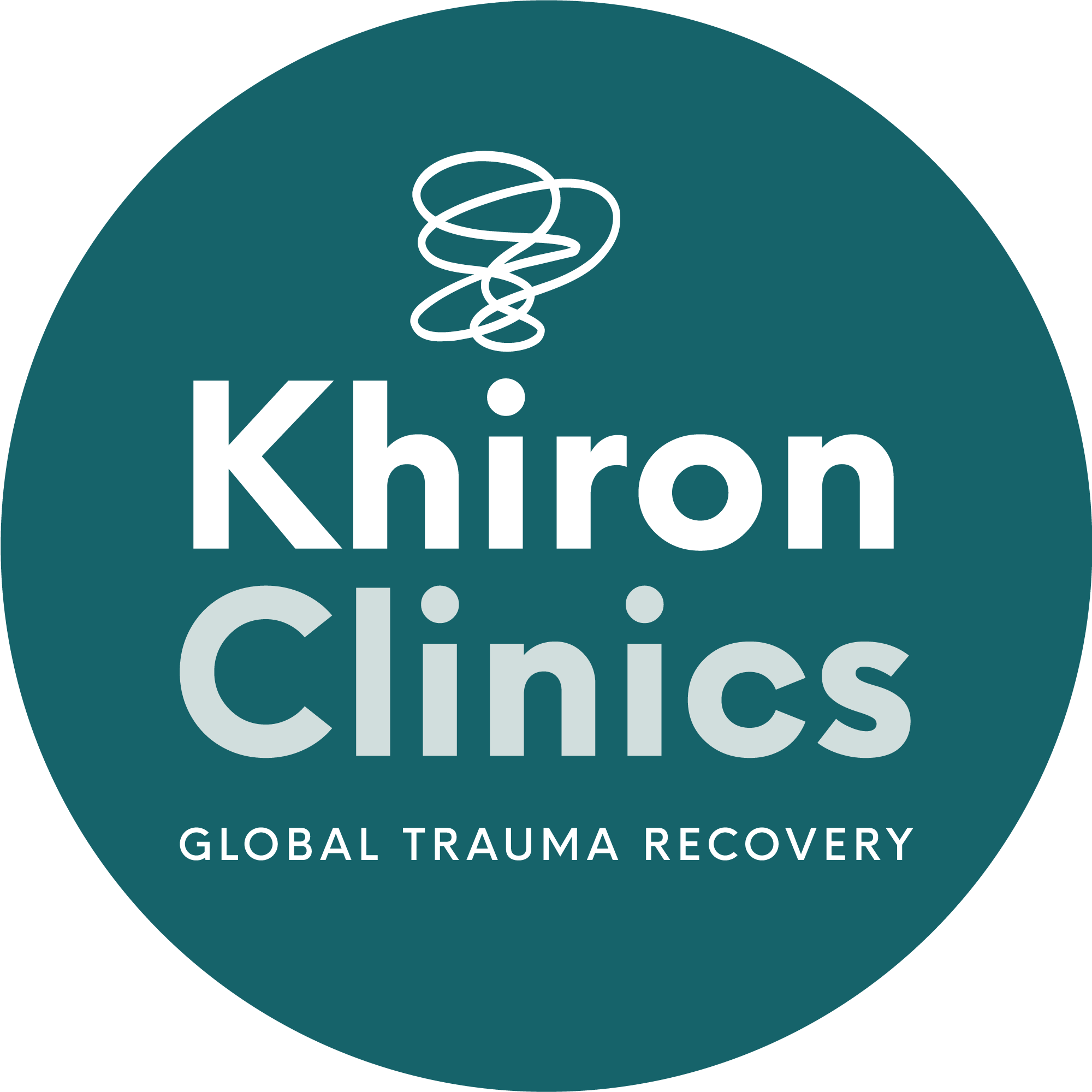Body dysmorphia is a mental health condition also known as Body Dysmorphic Disorder (BDD). People struggling with this condition experience obsessive thoughts about their appearance, more specifically, their obsession centres around perceived flaws in their appearance. Often, these flaws are not obvious or even noticeable to others, but to the person suffering, they stand out. People with BDD may spend a lot of time trying to fix or hide their perceived flaws, sometimes to the detriment of their professional, academic, social, and romantic lives.
In some cases, the perceived flaw is a natural characteristic of one’s appearance, such as acne, body fat, or one’s hairline. In other cases, the flaw is imagined. Whether real or perceived, the ‘flaw’ that BDD sufferers obsess over causes pervasive and intrusive thoughts, which can cause significant distress.
It is important to note that BDD is not a form of vanity. It is a severe mental health condition that jeopardizes a person’s mental and behavioural health. Many sufferers experience the stigma of vanity related to their obsessions over their appearance. Some may be unwilling to share their experience of BDD with others, even therapists and psychiatrists, out of fear of this stigma. As such, BDD is severely underdiagnosed.[1] Understanding the impact of BDD is essential for those suffering, their loved ones, and mental health professionals. Rates of suicidality and suicide attempts are high in this population, so effective and timely intervention is vital.[2]
Who Experiences Body Dysmorphia?
According to Dialogues in Clinical Neuroscience, BDD affects between 0.7 to 2.4 percent of the population.[3] BDD usually begins in late childhood or early adolescence. It affects people of all genders.[4] Men are more often affected than women by a subtype of BDD known as muscle dysmorphia, a condition in which the person suffering perceives their body as too small or weak.[5]
Men, women, and non-binary people are almost equally affected by body dysmorphia. The causes of this condition remain unclear, yet researchers suggest several potential causal factors. These include:
- Abuse
- Bullying
- Perfectionism
- Depression
- Anxiety
- Obsessive-compulsive disorder (OCD)
Anyone can be affected by BDD, so it is essential to recognize the signs and symptoms. Early treatment can help those suffering address the root causes of their condition and work towards a vital perspective shift. Since BDD is known to lead to an increased risk of suicidality, the earlier a person seeks treatment, the better.
Signs of Body Dysmorphia
Common BDD signs and symptoms to look out for in yourself or a loved one include:
- Preoccupation with a perceived flaw in one’s appearance
- Stating that one is ugly or has a significant defect in ones appearance
- Believing that others are thinking or talking about the perceived flaw
- Frequently trying to fix or hide the perceived flaw in a way that is compulsive and difficult to control
- Comparing one’s appearance to others
- Frequent seeking of reassurance about one’s appearance
- Perfectionism
- Seeking multiple cosmetic procedures to little or no satisfaction
- Social withdrawal
BDD can cause significant distress to the person suffering. Preoccupation with, and dislike of, one’s appearance can be stressful and time-consuming. Those suffering are likely to engage in avoidant behaviours such as social withdrawal and missing school or work due to their difficult feelings and obsessions about their appearance. Many spend excessive time in the mirror worrying about and trying to change their appearance. The distress associated with BDD can lead to deterioration of one’s physical, psychological, professional, and social health.
Those suffering from BDD may focus on one specific body part or multiple. The specific body part in question may change over time. In general, people with BDD tend to fixate on the following body parts:
- Skin (wrinkles, acne, blemishes)
- Hair (hairline, baldness, thinness)
- Muscle size and tone
- Genitalia
- Breast size and shape
- Face (nose, teeth, shape of face)
Body Dysmorphia as A Trauma Response
There is a recent but growing understanding of the connection between BDD and past trauma. A recent study published in Child Abuse & Neglect explored the prevalence of BDD in adults who had experienced childhood trauma.[6] The study found that over 75 percent of participants, all of whom struggled with BDD, had experienced some form of neglect or abuse in childhood. Emotional neglect prevailed as a significant risk factor for BDD, alongside other forms of abuse, such as physical and sexual abuse.[7]
The connection between BDD and childhood trauma is not surprising. Trauma, particularly childhood trauma, leaves a lasting and debilitating imprint on a person’s psyche. Children who experience physical, sexual, or emotional abuse are severely wounded at the time of the abuse. That wound often endures and is carried into adulthood.[8]
When children experience abuse, especially abuse perpetrated by a caregiver, a person on whom the child relies for love, security, and validation, they learn destructive, harmful lessons about their worth and value as a person.
Children are at a crucial stage of development and may struggle to objectively understand the fault in the caregiver’s actions. They are likely to internalize the abuse, ultimately blaming themselves. This self-blame manifests as deep shame and guilt about their existence.[9] The abused child may grow up to loathe themselves, which can manifest as a distorted body image and unyielding attempts to change oneself.
BDD as A Maladaptive Coping Mechanism
BDD often co-occurs with other mental and behavioural health conditions, such as depression, anxiety, OCD, and eating disorders.[10] When BDD is associated with past trauma, it may be understood as a means of coping with one’s traumatic past. The obsession and fixation on one’s perceived flaw may serve to distract the individual from the emotional pain of their trauma.
The condition is not helped by the unrealistic standards set by the beauty industry. Women, in particular, are inundated with messages through media and advertising of the ideal body or skin type. Brands relentlessly offer products and cosmetic services that claim to make a person ‘beautiful’. However, such beauty is typically shallow and in accordance with arbitrary societal standards of beauty. Dissatisfaction with one’s appearance is profitable for the beauty and cosmetic industry.
Treatment for Body Dysmorphia
When BDD arises from early psychological wounds, treatment must take into account the trauma and not focus on the BDD symptoms alone. Real, lasting recovery from BPD requires clients to look beyond the standard of beauty they follow and to take a deep dive into their traumatic past. BDD sufferers can benefit from the support and guidance of a mental health professional trained in trauma-informed care.
Trauma-informed care for people struggling with BDD would involve trauma-focused cognitive behavioural therapy (TF-CBT).[11] TF-CBT helps clients by addressing deeply held thoughts and beliefs about one’s value and self-worth. It identifies these beliefs and explores the feelings and behaviours that arise as a result. TF-CBT helps clients shift their trauma-based thought patterns and promotes positive and affirming reasoning and emotional responses.[12]
Conclusion
Body dysmorphia (body dysmorphic disorder, BDD) is a debilitating mental health condition that affects millions worldwide. There has been a recent increase in understanding of the connection between BDD and unresolved childhood trauma. Trauma-informed care may help clients struggling with BDD address the roots of their condition and heal from the destructive patterns of thoughts and behaviour that characterize BDD.
[1] Bjornsson, Andri S et al. “Body dysmorphic disorder.” Dialogues in clinical neuroscience vol. 12,2 (2010): 221-32. doi:10.31887/DCNS.2010.12.2/abjornsson
[2] Bjornsson, Andri S et al. “Body dysmorphic disorder.” Dialogues in clinical neuroscience vol. 12,2 (2010): 221-32. doi:10.31887/DCNS.2010.12.2/abjornsson
[3] Bjornsson, Andri S et al. “Body dysmorphic disorder.” Dialogues in clinical neuroscience vol. 12,2 (2010): 221-32. doi:10.31887/DCNS.2010.12.2/abjornsson
[4] Mufaddel, Amir et al. “A review of body dysmorphic disorder and its presentation in different clinical settings.” The primary care companion for CNS disorders vol. 15,4 (2013): PCC.12r01464. doi:10.4088/PCC.12r01464
[5] Phillips, Katharine A. Understanding Body Dysmorphic Disorder. Oxford University Press, 2009.
[6] Didie, Elizabeth R et al. “Childhood abuse and neglect in body dysmorphic disorder.” Child abuse & neglect vol. 30,10 (2006): 1105-15. doi:10.1016/j.chiabu.2006.03.007
[7] Didie, Elizabeth R et al. “Childhood abuse and neglect in body dysmorphic disorder.” Child abuse & neglect vol. 30,10 (2006): 1105-15. doi:10.1016/j.chiabu.2006.03.007
[8] Center for Substance Abuse Treatment. Substance Abuse Treatment for Persons with Child Abuse and Neglect Issues. Rockville (MD): Substance Abuse and Mental Health Services Administration (US); 2000. (Treatment Improvement Protocol (TIP) Series, No. 36.) Chapter 1—Working With Child Abuse and Neglect Issues. Available from: https://www.ncbi.nlm.nih.gov/books/NBK64904/
[9] Tanzer, Michal et al. “Self-Blame Mediates the Link between Childhood Neglect Experiences and Internalizing Symptoms in Low-Risk Adolescents.” Journal of child & adolescent trauma vol. 14,1 73-83. 29 Apr. 2020, doi:10.1007/s40653-020-00307-z
[10] Grant, Jon E, and Katharine A Phillips. “Recognizing and treating body dysmorphic disorder.” Annals of clinical psychiatry : official journal of the American Academy of Clinical Psychiatrists vol. 17,4 (2005): 205-10. doi:10.1080/10401230500295313
[11] Phillips, Katharine A, and Jamison Rogers. “Cognitive-behavioral therapy for youth with body dysmorphic disorder: current status and future directions.” Child and adolescent psychiatric clinics of North America vol. 20,2 (2011): 287-304. doi:10.1016/j.chc.2011.01.004
[12] Cohen, Judith A, and Anthony P Mannarino. “Trauma-focused Cognitive Behavior Therapy for Traumatized Children and Families.” Child and adolescent psychiatric clinics of North America vol. 24,3 (2015): 557-70. doi:10.1016/j.chc.2015.02.005



